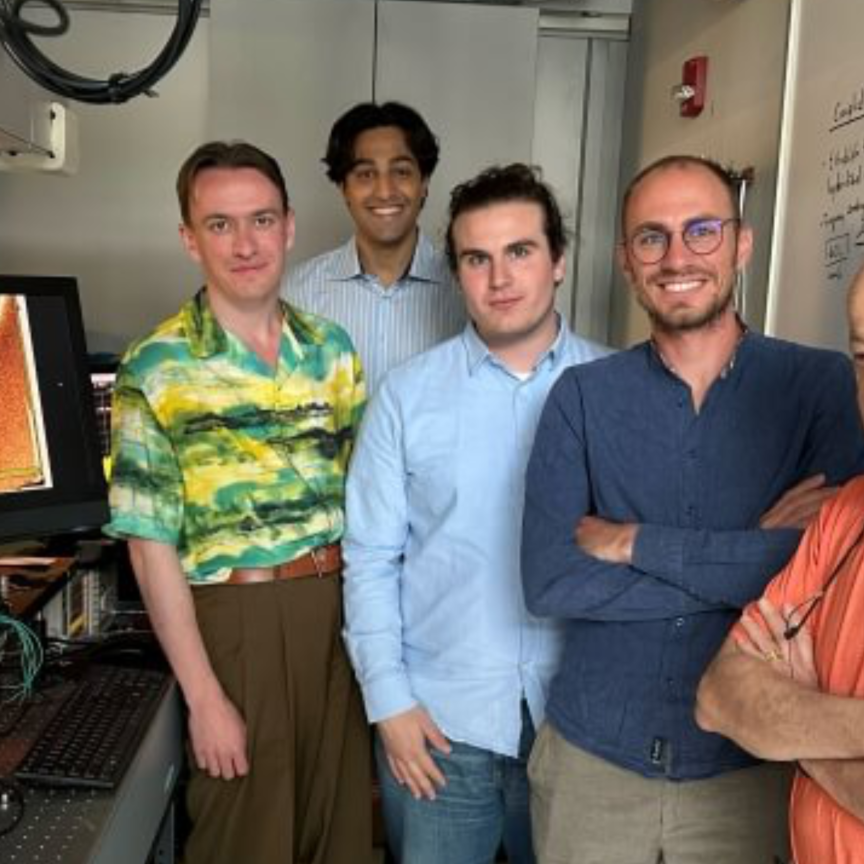Emily Gallagher, imec, says we can all choose to apply our skills – in her case, within photomask-related semiconductor development – to help minimise the effects of climate change
There are burdens and benefits to writing an editorial. The burden is writing something original and worth the readers’ time. The benefit is the freedom to write what feels relevant. For me, that topic is climate change. I don’t mean to inject politics into photomasks, but I do intend to foster thought.
Climate change and photomasks became temporarily connected for me when my daughter encouraged me to read a New Yorker article during the week of the SPIE Photomask Technology conference in September 2019. It was written by Jonathan Franzen and had the provocative title: ‘What if we stopped pretending? The climate apocalypse is coming. To prepare for it, we need to admit that we can’t prevent it’. I quote two of his most disturbing points here:
‘If you’re younger than sixty, you have a good chance of witnessing the radical destabilisation of life on earth – massive crop failures, apocalyptic fires, imploding economies, epic flooding, hundreds of millions of refugees fleeing regions made uninhabitable by extreme heat or permanent drought. If you’re under thirty, you’re all but guaranteed to witness it.’
‘... the impending catastrophe heightens the urgency of almost any world-improving action.’
Since its publication, the article has been criticised, partly because Franzen is a writer instead of a climate scientist. Perhaps this distance from climate science is what renders his conclusions so blunt, so sticky, so immediate. To stay closer to my field of expertise, I will not weigh in on climate science, and instead consider how people who devote their working lives to the field of semiconductors – more specifically, photomask-related development – could be connected to minimising the impact of climate change.

Humans will not willingly abandon the technology that has been developed since the industrial revolution, more than 200 years ago. Renewable energy, smart cities, green transportation, energy efficiency – all rely on semiconductors. Photomasks with high yield and lower cost is the base of lithography in semiconductor manufacturing. Developing, to indulge a personal example, EUV pellicles to increase the yield of sub-7nm node wafers helps to enable advanced-node semiconductor manufacturing. Both Samsung and TSMC have EUV lithography-based N7 offerings that give gains in performance and reduction in power over the DUV-only process flows.
Returning to the concept of yields, improving yield – reducing waste – reduces our impact on the planet. Innovation will be needed to propel human activity while minimising reliance on fossil fuels. For long-term fab planning, climate change must factor into building locations and workplace practices. Investment decisions should be made with climate change in mind. Metrics related to sustainability and environmental impact should be developed and used whenever possible.
Change is essential to address climate stress and it needs to be quick and global. Political change is neither fast nor guaranteed to cross international borders. Successful companies offer a lever for change as Bill McKibben of 350.org describes in another September 2019 New Yorker article (‘Money Is the oxygen on which the fire of global warming burns'). Individuals and the private sector will have to support difficult decisions related to climate at the city, state and national levels. We can choose to be responsible world citizens, making informed choices in all aspects of life – photomasks and all.
-
This editorial, written by Imec’s principal member of technical staff Emily Gallagher, originally ran in the February 2020 issue of BACUS News. BACUS is the international technical group of SPIE, the international society for optics and photonics, dedicated to the advancement of photomask technology.
-
Emily Gallagher earned her PhD in physics studying free electron lasers at Dartmouth School of Graduate and Advanced Studies. She then shifted to IBM and the semiconductor industry, where her work ranged from electrical wafer characterisation to lithography. She led the EUV photomask development for IBM before joining Imec in 2014. She has collaborated on over 100 technical papers, holds more than 30 patents, and is an SPIE Fellow.


